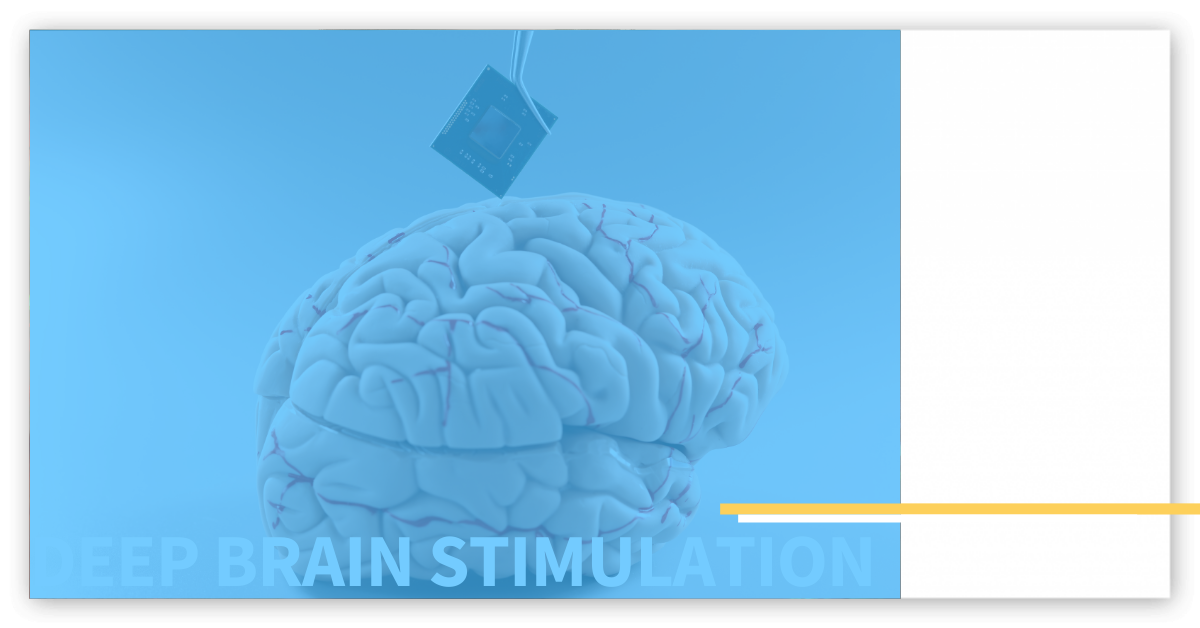What is Deep Brain Stimulation?
LISTEN TO THIS ARTICLE:
What it is
Deep brain stimulation (DBS) has been a Food and Drug Administration-approved treatment for movement disorders such as essential tremor and Parkinson’s disease since 2002.
Anecdotal observations of mood improvement in these patients lead to investigation of DBS for depression, Obsessive-Compulsive Disorder, and Tourette’s Syndrome.
Who needs it
Deep brain stimulation is still in the early testing stages for treatment of depression. However, the ability of DBS to target depression-specific areas of the brain may be beneficial for patients who have exhausted other treatment options.
How it works
Guided by images from an MRI, a neurosurgeon makes two small holes in the skull and places two wires on either side of brain areas specific to depression. These are connected to a small, battery-powered signal generator planted just under the skin in the upper chest.
The generator sends regular signals to the brain. This gradually changes activity in brain regions thought to be active in major depressive disorder. The repetitive stimulation changes regional blood flow and raises levels of the neurotransmitters serotonin, dopamine, and norepinephrine.
Where to go
After the surgery, the patient will follow up with a psychiatrist on a weekly basis. The psychiatrist can wirelessly adjust their strength and frequency during these meetings to maximize results while avoiding side effects.
Because deep brain stimulation is still an area of active research, the ideal signal settings as well as brain region selections for Major Depressive Disorder (MDD) remain under study. Given that DBS is not yet FDA-approved, most insurance companies are unlikely to cover it. Potential patients would access deep brain stimulation only at major research institutions and universities as part of clinical trials.
What to expect
The few studies focusing on DBS treating MDD reveal a wide range of results – 29-92% of the participants showed at least a 50% reduction in depressive symptoms.
What could happen
Surgical side effects of deep brain stimulation include bleeding, infection, lightheadedness, trouble sleeping, and seizures from manipulation of the brain. The stimulation itself can lead to areas of numbness, muscle spasms, difficulty speaking, double vision, and, very rarely, suicide.


 Learn
Learn Find Help
Find Help
